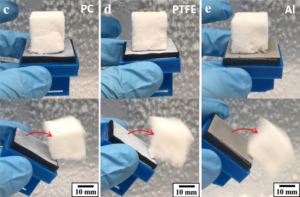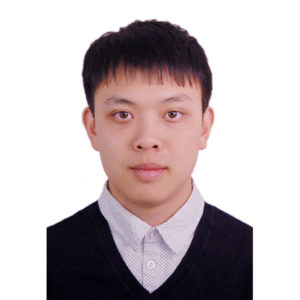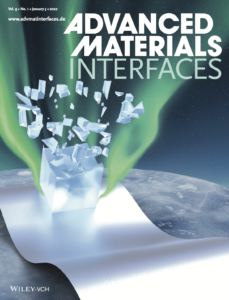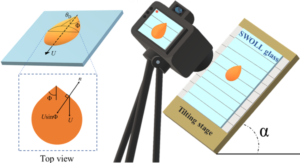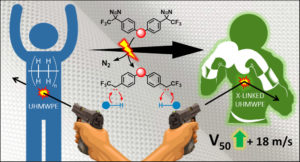Snow-phobic surfaces
Our latest study has just been published in ACS Applied Materials & Interfaces. We’ve figured out how to synergistically combine the properties of thermal insulation with superhydrophobicity in order to fabricate surfaces that snow cannot re-freeze (and therefore stick) to! Excellent work Xiaoxiao, Kamran, and Cory! Check out: Thermal Insulation and Superhydrophobicity Synergies for Passive… Read more »
Face Mask Feature
Prof. Golovin sat down with Lynsey Mellon to discuss the DREAM Lab’s latest research on face mask discomfort. The story even made it to the front page of the entire university! https://www.utoronto.ca/news/are-more-protective-masks-less-comfortable-not-long-they-fit-properly-study-finds
Face Mask Paper
Face masks have become a staple in our lives over the past few years. Anecdotally, there appears to be an inverse consensus between mask protection and mask comfort, i.e. the safer the mask the more uncomfortable it will be. Is this actually the case? Well, we put it to the test! While all face masks… Read more »
Crosslinking PDMS brushes!
Our collaborative work with the Wulff group at UVic has finally been published in the Chemical Engineering Journal! We’ve found a way to crosslink inert PDMS brushes, one of the group’s favourite technologies that we’ve developed. Crosslinking improves the mechanical resilience of the brushes and maintains their omniphobic and anti-fouling properties. Great work Xiaoxiao and… Read more »
Qimeng joins the DREAM Lab
We are pleased to welcome Qimeng Yang to the DREAM Laboratory. Qimeng did his MASc at the University of Alberta with Prof. Xuehua Zhang, and received his BS in Materials Engineering from University of Science and Technology Beijing. Qimeng is co-supervised by Dr. Ali Dolatabadi here at the University of Toronto and will be developing… Read more »
Kirigami work published!
Sonia’s excellent study using Kirigami surfaces as a platform technology to lower the adhesion of many different fouling substances, including ice, wax, mud, and a bio-foulant simulant, has been published in ACS Applied Materials & Interfaces! We call this technology SKINS: Suspended (allowed to flex and mimic the deformation of wrinkling films) Kirigami (the ancient… Read more »
BEAMS makes the Inside Cover Photo!
The awesome image put together by Cory, Behrooz, and Kamran has been selected as the Inside Cover Photo for this issue of Advanced Materials Interfaces. Super cool guys! https://onlinelibrary.wiley.com/doi/10.1002/admi.202270002
BEAMS is finally published!!
After what feels like forever, our work developing ice-phobic surface comprised entirely of flat metals has finally been published! And a Cover Photo too 🙂 Super amazing work Kamran and co-authors! These Buckling Elastomer-like Anti-icing Metallic Surfaces (BEAMS) represent the next generation of ice-phobic surfaces as they offer the same ultra-low ice adhesion strength as… Read more »
Single droplet viscometer work published!
Knowing the viscosity of a liquid is critical in many areas of engineering, but often you’re working with a tiny amount of fluid and don’t want to waste several mL for rheology measurements. Well, now you don’t have to! Behrooz has developed a surface that can be used to measure the viscosity of a droplet… Read more »
COMFORTS publication: more effective ballistic protection
In an excellent demonstration of marrying pure fundamental work with applied engineering, our latest work has been published on “Influence of Topical Cross-Linking on Mechanical and Ballistic Performance of a Woven Ultra-High-Molecular-Weight Polyethylene Fabric Used in Soft Body Armor”. From synthetic chemistry all the way to ballistic testing, several researchers from the COMFORTS Micro-net have… Read more »
